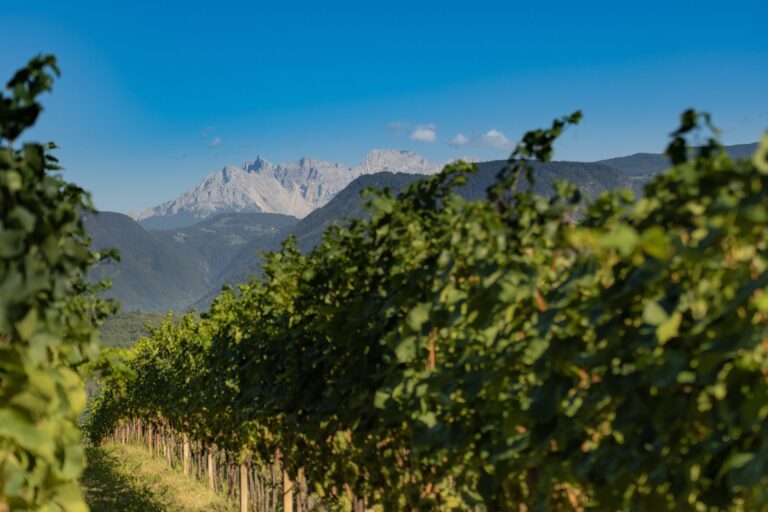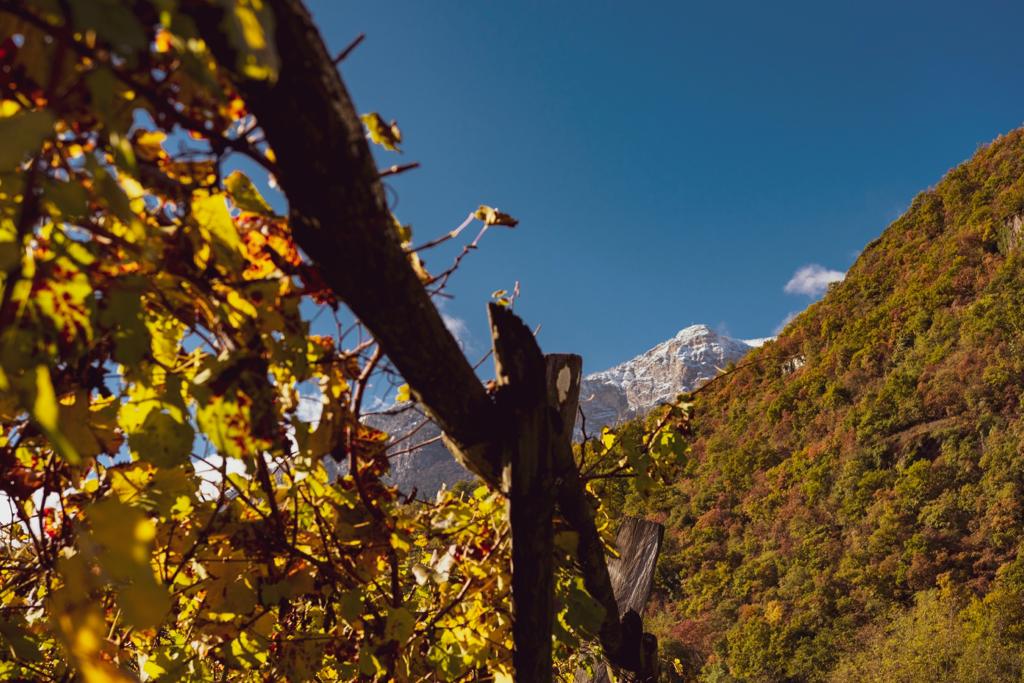
Erste+Neue Kicks Off the Harvest
Key Factors Include Vineyard Location and Altitude
The winery, based in Caldaro, began its harvest in early September. Despite the challenges of a difficult season, this year’s vintage is expected to be of high quality, thanks in large part to the average altitude of the vineyards managed by its member growers.
While managing this year’s harvest has certainly been complex, the prospects are more than promising in terms of quality, aided by the favorable positioning of the vineyards, which have produced grapes with the right balance between sugar and acidity. The harvest at Erste+Neue, a historic winery with its headquarters and vineyards in the Lago di Caldaro area in Alto Adige-Südtirol, officially began on September 2 with the picking of the first Pinot Grigio grapes.

“Harvesting operations in our members’ vineyards began as planned and are progressing quickly and carefully. First, Pinot Grigio, followed by Pinot Bianco and Sauvignon,” explains Thomas Scarizuola, cellar master at Erste+Neue. “It hasn’t been an easy year to manage, but we are all very confident and optimistic. From a plant health perspective, fungal disease pressure due to intense rainfall, especially in June, forced our member growers to take prompt and precise action in the vineyards, which has enabled the vast majority of the plants to remain in very good health.”
Although early estimates indicate a decrease in quantity compared to last season, the growers of Erste+Neue are very optimistic about the quality. “Frost damage was very limited, and there was no hail,” continues the cellar master. “August was the hottest month by far, with few extreme peaks but many nights we could almost describe as tropical, with temperatures often above 20 degrees. In this case, the advantageous positioning of our vineyards, particularly those in the Puntay range located at higher altitudes, was crucial, as was the presence of cool mountain breezes, which helped maintain excellent acidity levels in the grapes.”

Erste+Neue manages around 60 hectares of vineyards, often small plots with predominantly southern exposure, stretching from the lower slopes of the Mendola mountain range to the foothills of the Dolomites. The sustainable management of the vineyards falls under the FAIR’N GREEN protocol, which the winery has adhered to since 2018. This protocol covers the entire value chain, from biodiversity conservation to winery practices.
